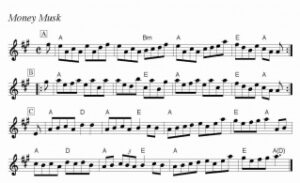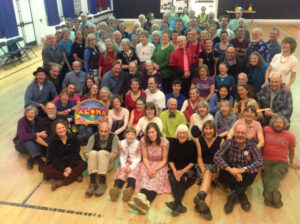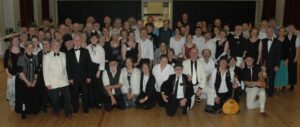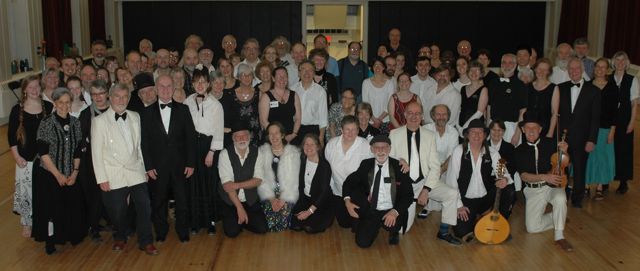I recently came upon a well-written and decidedly opinionated piece about good dancing. Since the opinions reflect much of my own thinking on the subject, I’d like to draw your attention to it. Written some twenty years ago by a respected caller of contras and squares, a choreographer (“Al’s Advice” is a classic contra written by Paul) and a fiddler (Volo Bogtrotters), the article presents six concise points.
“A good dancer has complete awareness of how it all fits together: the music, the calls, the figures, his/her partner, neighbor, corner, opposites, etc., the whole set, the whole floor, and, maybe most importantly, his/her own body and all its parts. There are lots of things that the good dancer does that are seemingly unknown or totally unimaginable to many twirl and barf dancers.”




